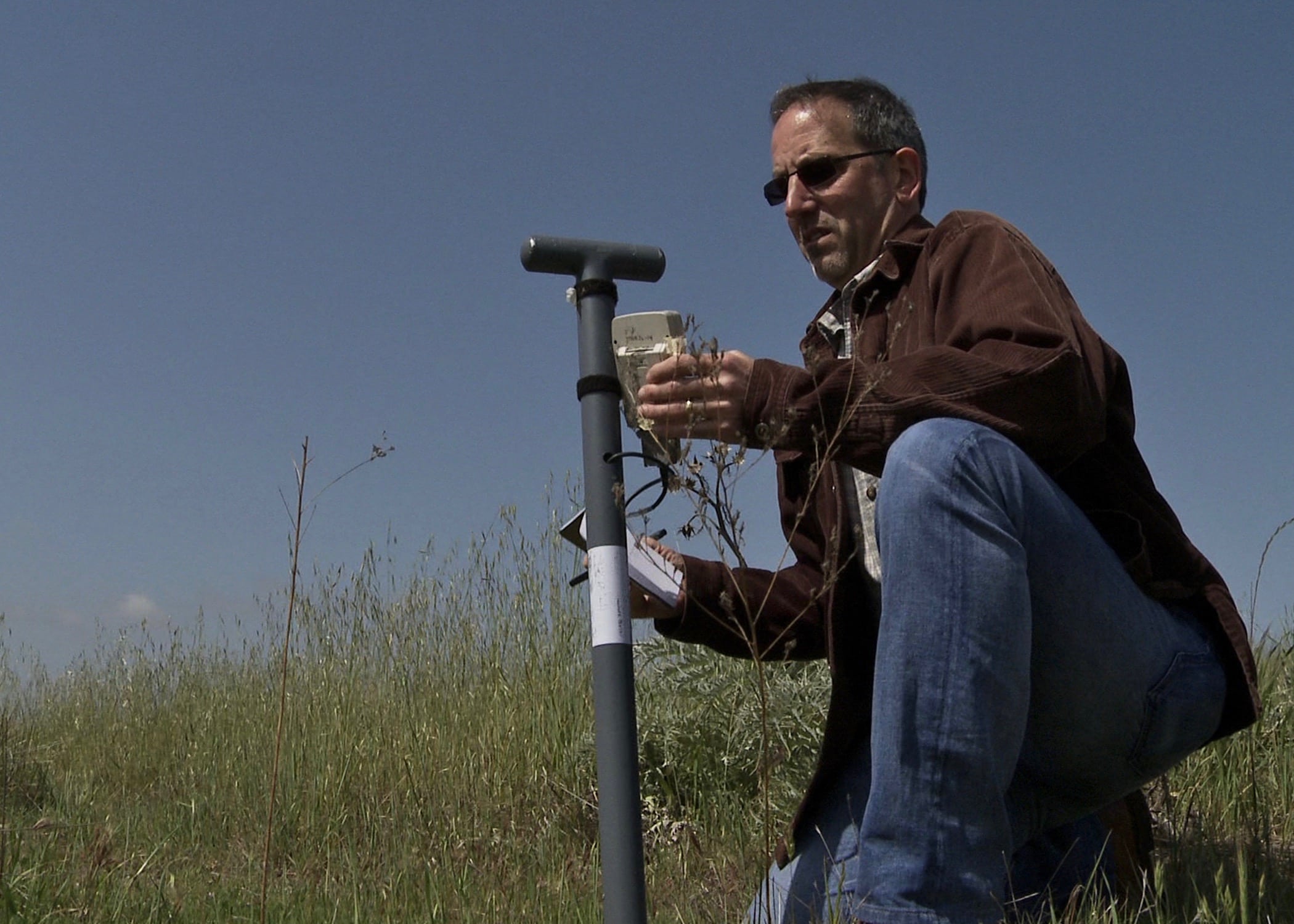Podcast: Jay Famiglietti, senior water scientist for NASA
October 8, 2017
Podcast: Play in new window | Download
Subscribe: Apple Podcasts | RSS
It would not be an exaggeration to say you’re about to hear from one of the country’s premier water scientists.
When a journalist has a question about the global water crisis and especially the state of freshwater in California, Jay Famiglietti’s phone is ringing.
And in looking at the publications featuring his insight and expertise, he answers the calls.
His quotes and original writing have appeared in National Geographic, The New York Times, The Washington Post, The Guardian, The Economist, and the LA Times. Jay is an author, lecturer, professor and the senior water scientist with NASA’s Jet Propulsion Laboratory. He’s known best for developing models to track changes in freshwater across the world and raising awareness about groundwater depletion in California.

Jay Famiglietti. Photo Credit: Steve Anderson
How did you get to NASA?
It’s something that really started in graduate school. I was working on my Ph.D. and started hearing about these projects where scientists were going to be flying an aircraft over some watersheds in Kansas and trying to measure the moisture content in soils. Something about that was really intriguing. So I went out to the experiment and that’s really what started it. It’s been a continuous journey since then.
Walk through why models are so critical in this area?
Although we have some observations in space, the bulk of our observations are made on the ground and they’re made basically at points. There’s so much more open space than there is measured space. We use our models as integrators to interpolate between our measurements, based on the science that we know and the processes we know to get continuous coverage in space and time of things like river flow and evapotranspiration. Once we’re convinced that those models are working well, then we can use them to make predictions. We can use them to forecast. They are really essential tools.
Why do you press on the importance of communication in science?
It’s something I feel is a real responsibility for scientists. In particular, when we have the privilege of seeing some of these data and analyzing some of these observations – I’m talking about satellite observations – for the first time and you verify that you understand what you’re looking at. But then you realize, holy crap we’re in a heap of trouble: That’s the motivation for me. Looking at these in particular, these NASA GRACE satellite data, that show us that groundwater depletion is happening all over the world. It’s happening everywhere and at a pretty rapid clip. It’s time to get the message out.
You wan to convey the importance, but you can’t be alarmist. How should a scientist really balance those things, so that we can have it more accessible to people that are getting the interpretation from you in the right way?
A lot of communication really depends on what the message is, who the audience is – it could be the general public or decision makers, and what the desired outcome is. That can really help you set some parameters on your communication. As scientists, I think we need to be careful not to become overly biased. Always do the highest quality research. Always make sure it’s peer reviewed. We don’t necessarily want to advocate. If the findings merit it, finding the balance between communicating the urgency and not scaring the pants off people. That is a challenge, and it just takes practice.

Measuring the surface soil moisture content at the UC Irvine Ecological Preserve. Photo Credit: Steve Anderson
Are you seeing better water stories backed by data being told today or do we still have a ways to go?
I think it’s unfortunate that environmental investigative journalism is out of vogue or unaffordable these days. That being said: I think the media and journalists have done a tremendous job – using the California drought as an example – at keeping the public up to speed. Without the journalistic coverage we had during the drought, especially around 2014 and 2015, there’s no way we would have achieved our conservation targets.
California has declared it’s no longer in a drought, but if you really look at it, they’re kind of in a structural drought. What’s your take on where it goes from here?
It’s a tough message now because the drought is over, but California and many of the great food-producing regions of the world face chronic water scarcity because we use more water than is available so we make up the difference with groundwater. That’s a tough message to get across to the public who have been water starved for several years and want to go back to doing their gardening and washing their cars and taking longer showers. My take on it is that it’s a social science problem. How do you get people to think about the long-term need to conserve when there’s an apparent short-term excess of water?
You’ve made the observation that we should talk about food as opposed to just agriculture. Tell me about that.
These hotspots for groundwater depletion show up in the world’s major aquifers, which we know coincide with the world’s major food-producing regions. We already know in California and in the southern high plains aquifer or southern Ogallala aquifer that these places are running out of water. The water table is getting deeper and deeper and farmers have to cut back on their production. Farmers have to fallow fields. Production is going down. We know that it’s happening in California and we know it’s happening in the Texas panhandle and the Oklahoma panhandle. Of course by extrapolation, all of these aquifers that are being depleted underlie the great food-producing regions of the world. It’s going to be a problem in the future, especially when you couple it with climate change and population growth.
#California #freshwater #groundwater #models
